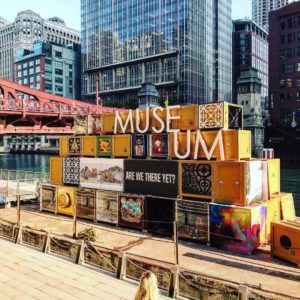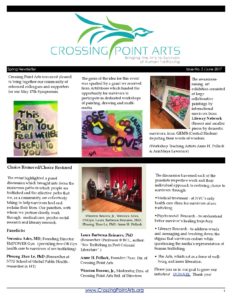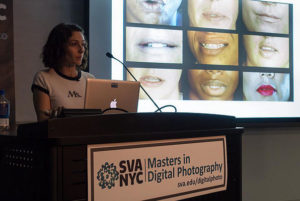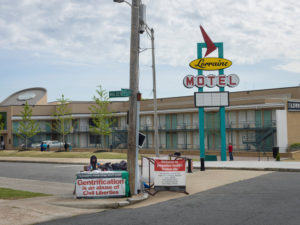From Plato to Public Enemy, people have debated the relationship between music and justice—rarely arriving at much consensus over the art form’s ethics and aesthetics, uses and abuses, virtues and vices. So what roles can music and musicians play in agendas of justice? And what should musicians and music scholars do if—during moments of upheaval, complacency, ennui—music ends up seemingly drained of its beauty, power, and relevance?
University of Michigan Press is proud to announce a new series, Music and Social Justice. This endeavor welcomes projects that shine new light on familiar subjects such as protest songs, humanitarian artists, war and peace, community formation, cultural diplomacy, globalization, and political resistance. Simultaneously, the series invites authors to critique and expand on what qualifies as justice—or, for that matter, music—in the first place. Music and Social Justice lends a platform for writers who wish to submit traditional scholarly monographs. The editors are equally enthusiastic to work with authors and artists who wish to unsettle the discursive norms of conventional academic prose in the name of rhetorical experimentalism, anti-capitalism, neurodiversity, and radical collaboration.
Music and Social Justice has assembled an Advisory Board who are active and activist leaders in their fields: Naomi André, Suzanne G. Cusick, Ellie M. Hisama, Mark Katz, Alejandro L. Madrid, Darryl “D.M.C.” McDaniels, Carol J. Oja, and Shana L. Redmond. The Advisory Board will work closely with the editors to seek out prospective authors, open lines of communication, and review submissions.
For more details on the impetus behind the series, including short interviews with the Advisory Board, please see http://musicologynow.ams-net.o
Please direct queries and proposals to series editors William Cheng (william.cheng -at- dartmouth.edu) and Andrew Dell’Antonio (dellantonio -at- austin.utexas.edu), or University of Michigan Press Editorial Director Mary Francis (mfranci -at- umich.edu).



